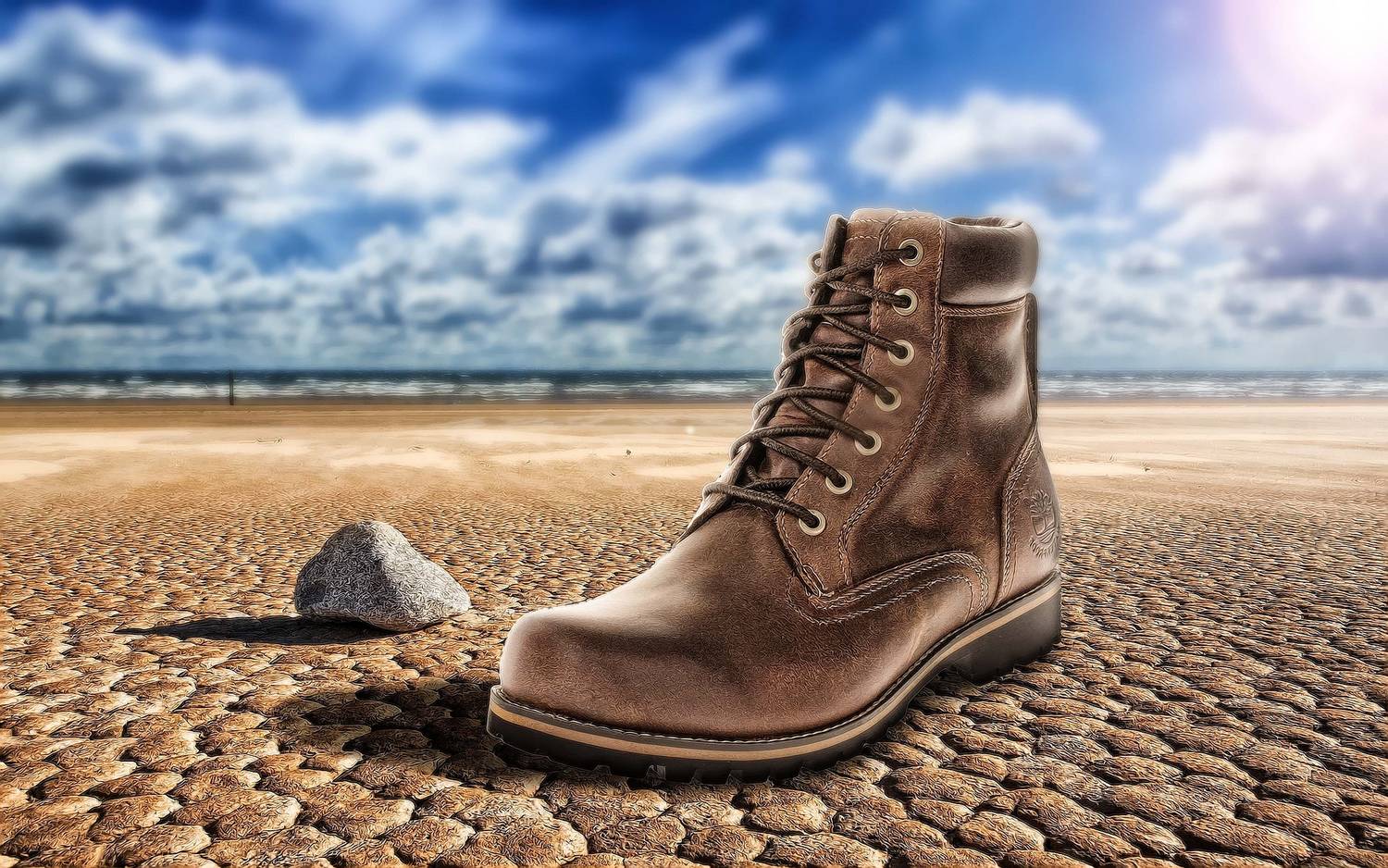Trekking boots, what type of footwear is this? These are hiking shoes with a low or medium upper, intended for hiking – trekking tourism that does not require special physical training and special equipment. Most often, tourists move along paved and well-marked trails with minimal equipment, their route does not require an overnight stay or ends in a hostel/guesthouse. For such purposes, the use of heavy shoes is often inappropriate, and light and flexible shoes are preferred. They are also actively used by experienced tourists. Skillful planning of the route, a light backpack and good physical fitness allow you to abandon massive shoes.
What are hiking boots?
Despite superficial similarities to their asphalt and trail cousins, trekking shoes have many significant differences. What is the difference between trekking shoes and classic running shoes? The difference between running and trekking shoes is dictated by the environment and use. In classic sneakers you can run on good surfaces – flat asphalt, treadmill or in the stadium. Trekking shoesit is worn in changeable weather, carrying a heavy backpack and moving along the hiking trail, where obstacles and difficult terrain may appear in some places. For example: moving landslides and steep slopes. The key task of such shoes is to reduce the risk of foot sprains and ankle injuries when navigating rough terrain with a backpack. They must also provide good adhesion to various surfaces: stones, sand, soil.
- https://www.kuriozalny.pl/jak-dziala-myjnia-samoobslugowa-wady-i-zalety/
- https://www.odniku.edu.pl/jaki-namiot-na-komunie/
- https://www.prawda.com.pl/ile-kosztuje-masaz-tajski/
Depreciation
Running shoes have good cushioning that absorbs and softens the jolts of running joints. In the case of running shoes, this is probably the most important parameter, especially for amateur runners. In trekking shoes , cushioning is also important to relieve your feet from long walks. But they do not put much emphasis on this, and attention is shifted to other parameters.
Sole stiffness
Running on a flat surface does not cause much discomfort to the feet and ankles, so no special stability of the shoes is required. Doesn’t this mean that a high stiffness of the sole for torsion or bending is necessary? On the contrary, flexibility is required, especially among experienced runners who want to work their feet more efficiently – better feel the ground, land and push off.
Trekking shoes are much stiffer torsionally than running shoes. This prevents the foot from twisting when placed on an uneven surface, especially when it receives the extra weight from the backpack. The combination of a torsionally rigid sole with a fitted upper and a rigid heel counter reduces the risk of ankle injuries due to walking in difficult terrain. Sometimes manufacturers even use special plastic frames in the midsole that increase the lateral stability of the foot during movement. The soles of trekking shoes are also noticeably stiffer than cross-country shoes. This keeps it from deforming less when someone climbs a steep slope or rocks. The tourist moves more confidently, which saves energy and reduces the risk of injury.
Sole wear resistance
The sole of running shoes, as a rule, consists of hard, wear-resistant rubber, which does not wear off for a long time from constant contact with asphalt. Trekking shoes need not only durability, but also excellent grip on a variety of surfaces – from rocks to grass and dirt. For this purpose, their soles are made of rubber mixtures of different densities. Typically, a more durable rubber is used on the toe and heel, while the rest is made of softer and more grippy rubber.
Tread
Running shoes are characterized by an almost flat tread, while trekking shoes, on the contrary, are expressive. They need tall and slanted treads for better traction in mud, loose soil, sand and wet grass.
Weather and shock protection
The running shoes have a lightweight, flexible upper designed to provide a precise and comfortable foothold. On the path in the park or at the stadium, a runner does not encounter bad weather – even getting his feet wet is not terrible, and after jogging, a warm and dry room awaits. The conditions on the trail are completely different. Therefore , trekking shoes have a hard toe cap to protect them in case of tripping, and most models include a membrane to protect against moisture.
Wear-resistant upper
The upper of the running shoe is lighter and better ventilated, which inevitably loses durability. Trekking shoes also try to make it easier, but designers have much less room for maneuver. Due to trail conditions, the delicate upper material will simply be damaged by high humidity, dirt, sharp rock edges and more. That is why trekking shoes are characterized by the use of durable textiles, leather and additional rubber reinforcements in places exposed to wear.

